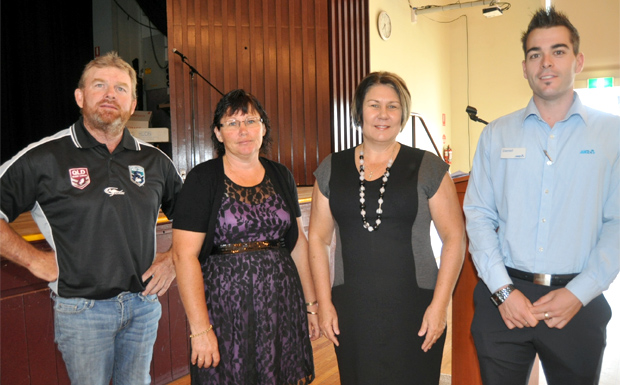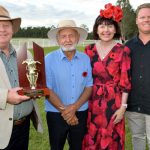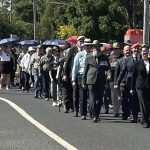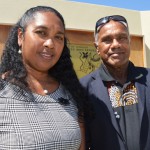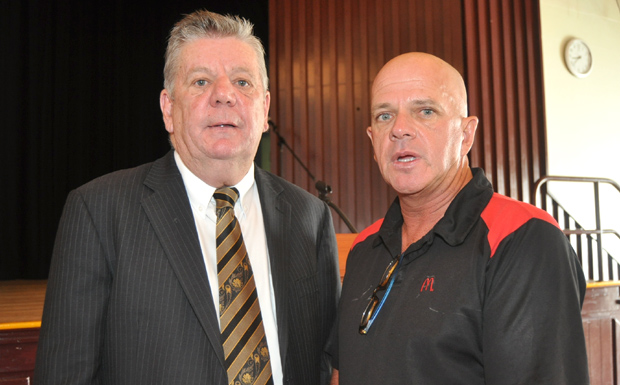
March 2, 2014
State Government fees and charges are adding 3 per cent to every rates bill in the South Burnett, according to figures presented at a charity breakfast held in Kingaroy on Friday morning.
South Burnett Mayor Wayne Kratzmann detailed the “State of the Region” to about 80 people at Kingaroy Town Hall.
Mayor Kratzmann said that on average every 1 per cent rate rise generated $210,000 in income for Council.
However the Council was now paying more than $626,000 a year to the State Government for payroll tax, auditing fees, valuation fees and stock route charges.
If these were removed – or in the case of audits, if the Council were allowed to engage private sector auditors – costs to ratepayers could be reduced.
The mayor’s “State Of The Region” address summarised how the Council had progressed since amalgamation in March 2008.
The presentation touched on road works, the road levy, progress on Nanango and Wondai’s CBD refurbishment projects, economic development initiatives, the creation of a new Shire-wide planning scheme and the Memerambi housing estate.
The Mayor said the Council’s financial position had risen from “weak” at the time of amalgamation to “moderate” over the past six years, and it looked set to improve again if current policy settings stayed in place.
Despite the loss of $1.1 million a year in Federal grants, rising electricity prices, runaway infrastructure cost rises, two floods and restrictions on infrastructure charges, Council’s operating costs were only 0.5 per cent higher now than the combined four former Shires in 2006-2007.
“In real terms, this means we’ve reduced our operating expenditure by around 22 per cent or $11.6 million in the last five years,” Mayor Kratzmann said.
Savings had come from a 12 per cent reduction in staff numbers through natural attrition, and keeping a tight rein on spending.
The Mayor said former councils had kept rates low by failing to set aside funds for asset depreciation.
While he agreed that low rates were appealing, the downside was that when assets needed to be replaced – as was the case with the former Murgon Shire Council – councils were thrown into a financial crisis.
This was the reason why fully funded depreciation had been made compulsory for all councils since amalgamation.
The Mayor also said Council was now reconsidering its move to quarterly rate bills, and may look at returning to half-yearly billing instead.
He said the move to quarterly billing had been prompted by requests from the region’s business community and some residents to make cash flow planning easier.
But after trialling the new system this year, Council found it was adding an extra $200,000 to its costs.
Mayor Kratzmann defended the $200-per-property road levy while acknowledging the burden of it fell more on town dwellers than rural property owners.
He said while it was true that rural property owners had much bigger road frontages than town dwellers, they generally had far fewer services and often paid much higher rates.
“The road levy raised $3.2 million for road works this year,” he said.
“That’s equivalent to a 16 per cent rate rise.
“But if you’re a rural resident with a $10,000 a year rates bill, a $200 road levy is a much better option for you than a 16 per cent rate rise.”
The Mayor said this year the Council was spending a record $66.2 million on roads and infrastructure, which was equivalent to 63 per cent of the SBRC’s general budget.
Through determined lobbying by Councillors and Member for Nanango Deb Frecklington, the Council would also receive $15.475 million in grants and subsidies for road betterment projects, the Kingaroy Waste Water Treatment Plant, the Kingaroy Water Treatment DAF Plant, the Yallakool amenities block and the Nanango and Wondai streetscaping projects.
In closing, the Mayor said Council was travelling well but needed to make prudent decisions in future budgets to ensure a sound financial future for the region.
- A PDF copy of the slideshow delivered by Mayor Wayne Kratzmann can be downloaded here
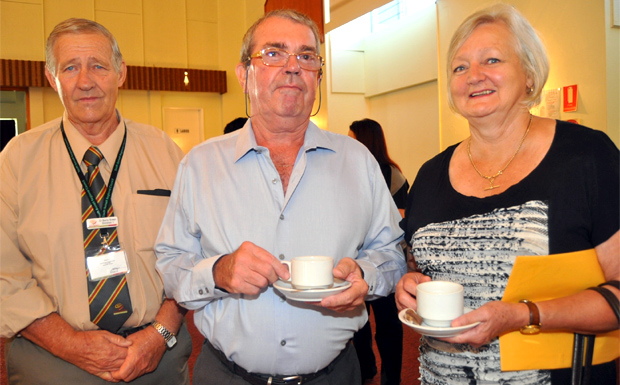
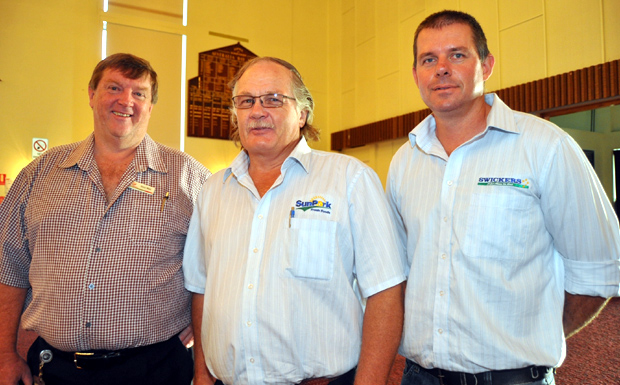
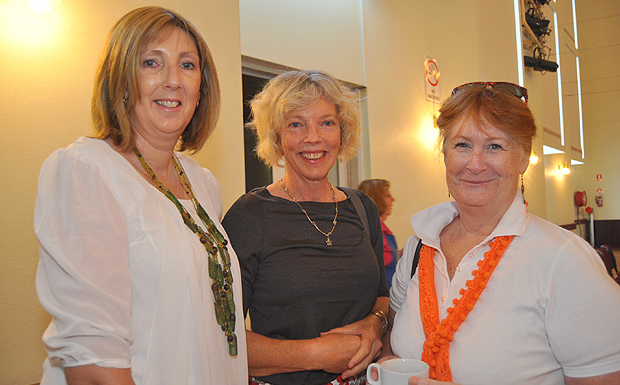
Mayor’s Community Benefit Fund
Applications for the first round of funding from the Mayor’s Community Benefit Fund – an allocation of $10,000 for junior sport – closed in December.
Mayor’s Community Benefit Fund Committee chairperson Cheryl Dalton handed over cheques to representatives from three organisations at the breakfast:
- South Burnett Junior Rugby League – for a program to help young people into junior rugby league
- Nanango Rugby League Football Club – to run a “get fit program” of personal training for young people
- South Burnett Saints – program to encourage uptake of Australian Rules by indigenous players
Applications for the next round of funding will open within the next few weeks. The focus will be on mental health initiatives in the community.
